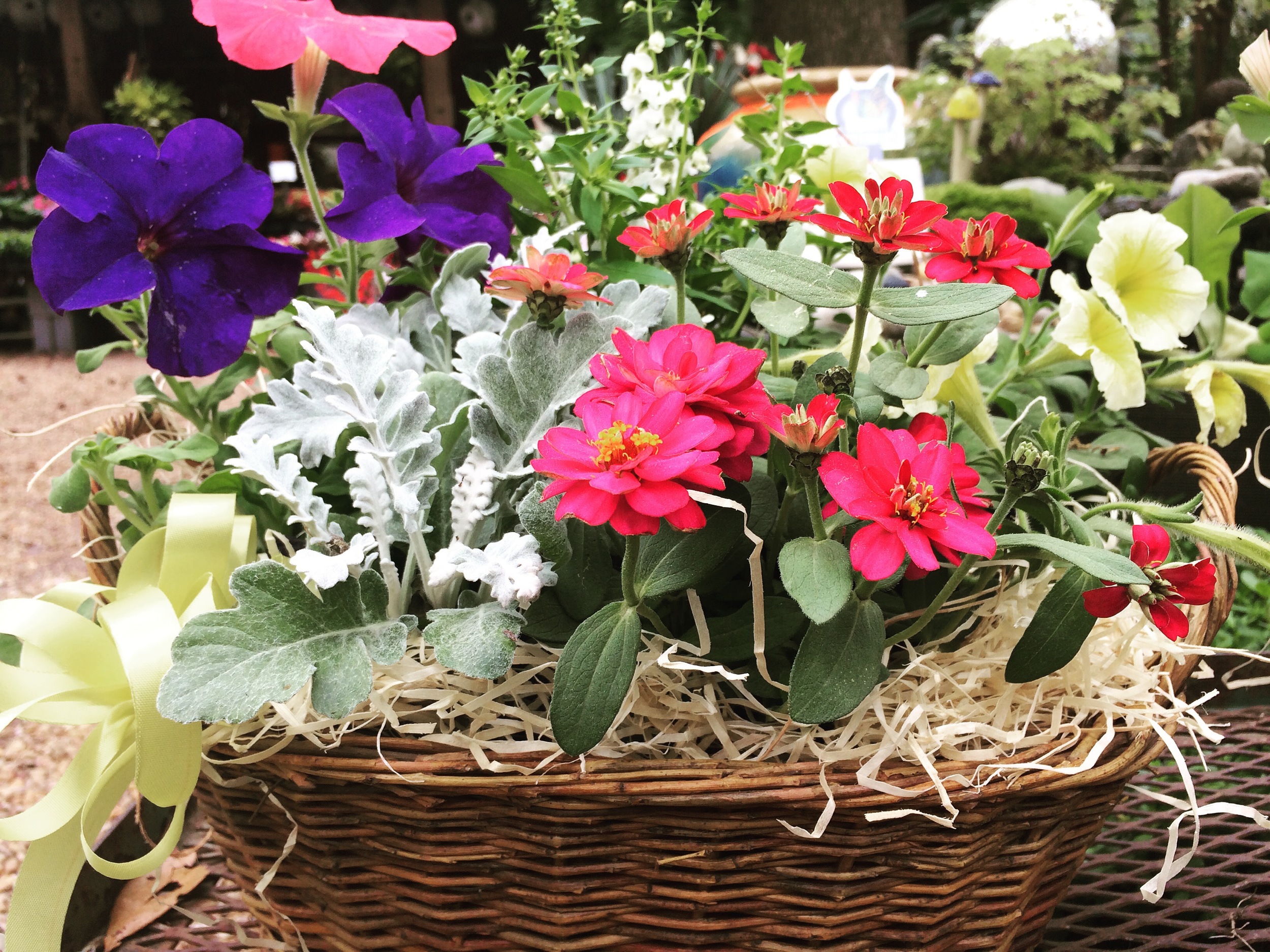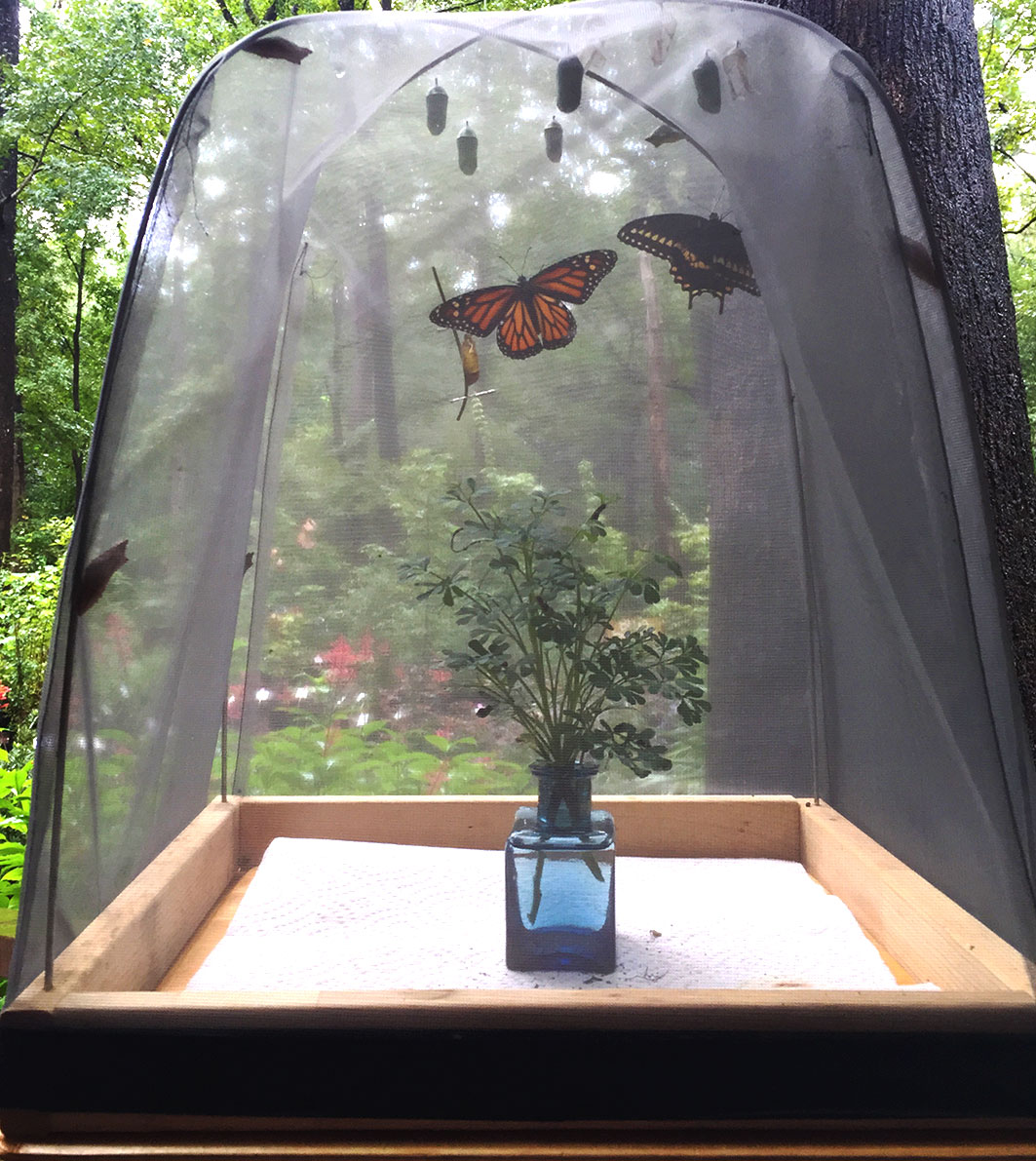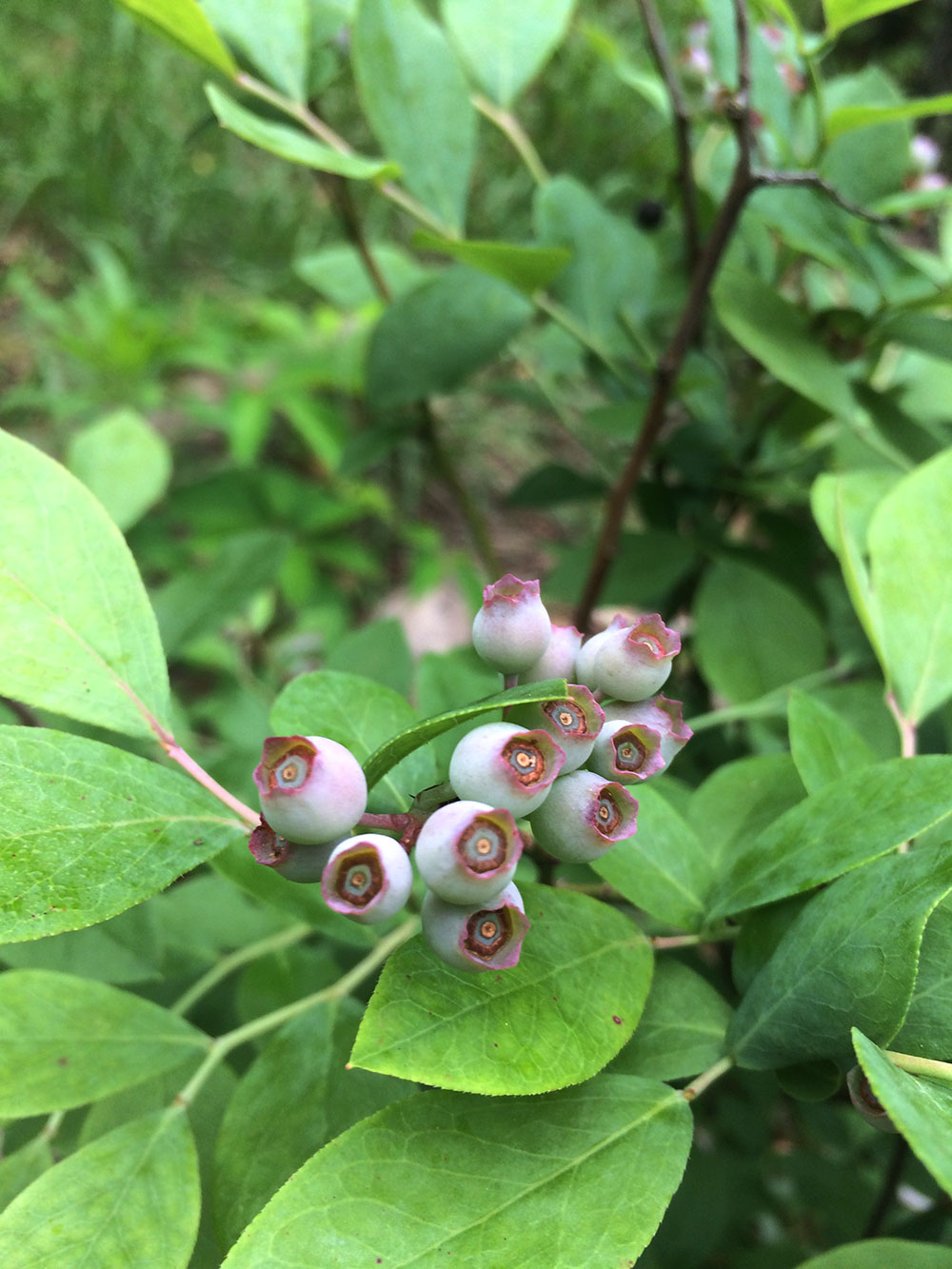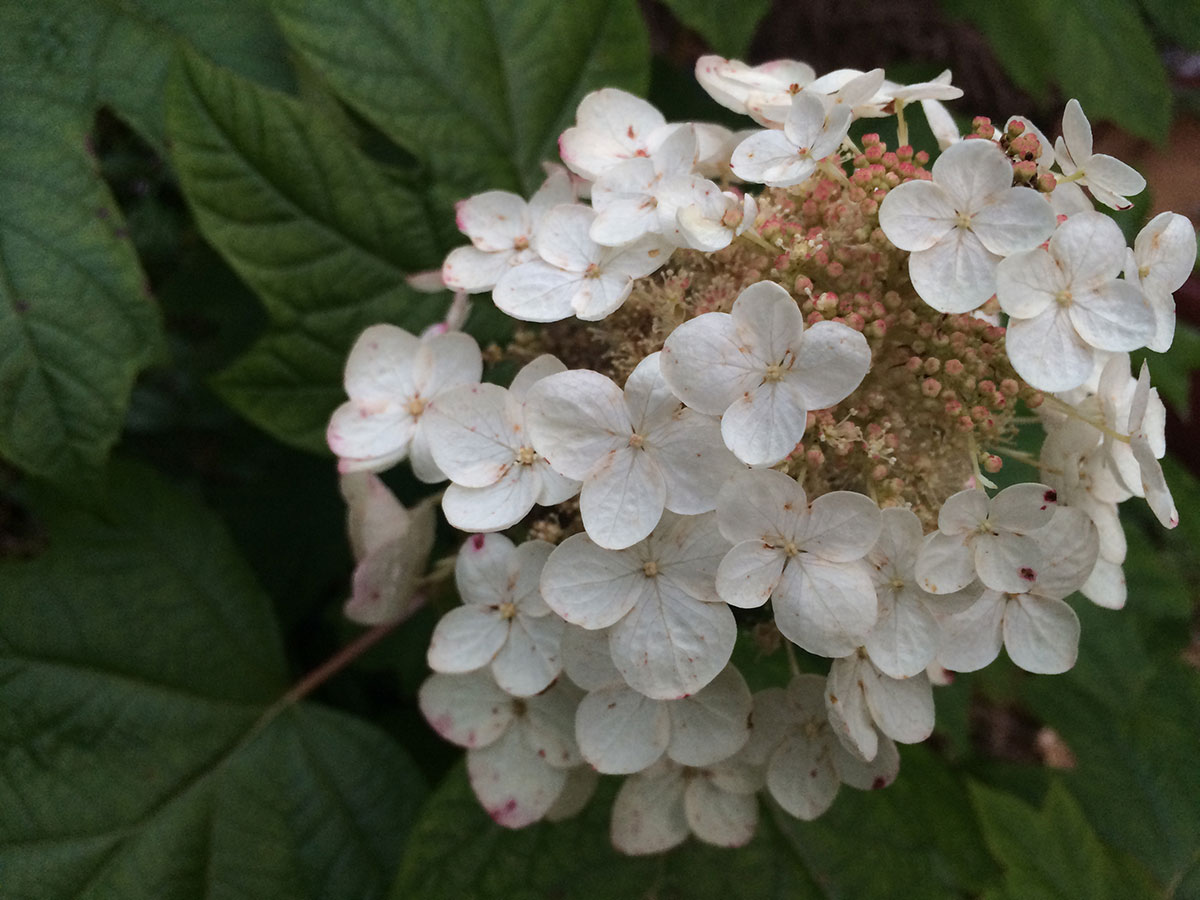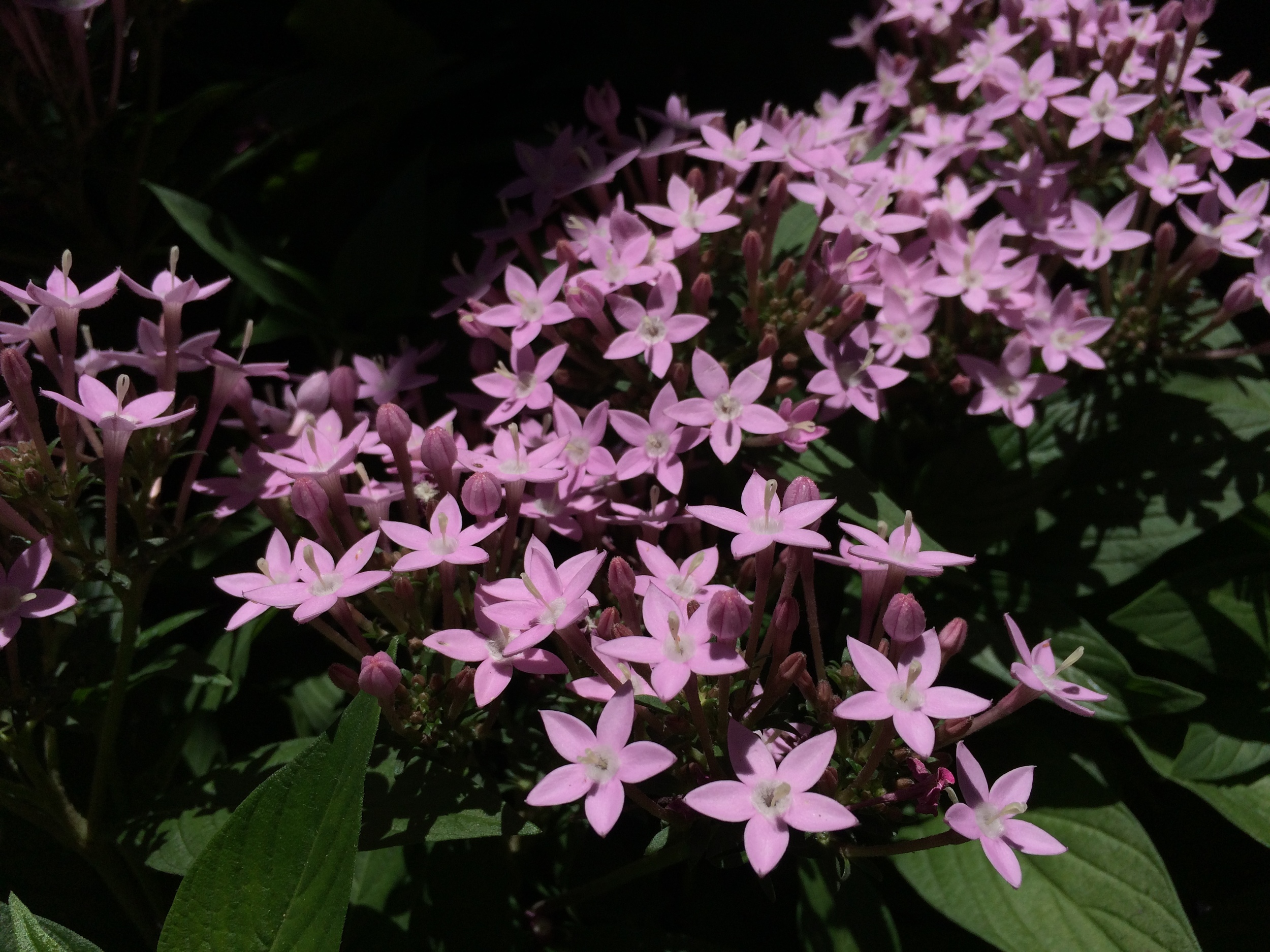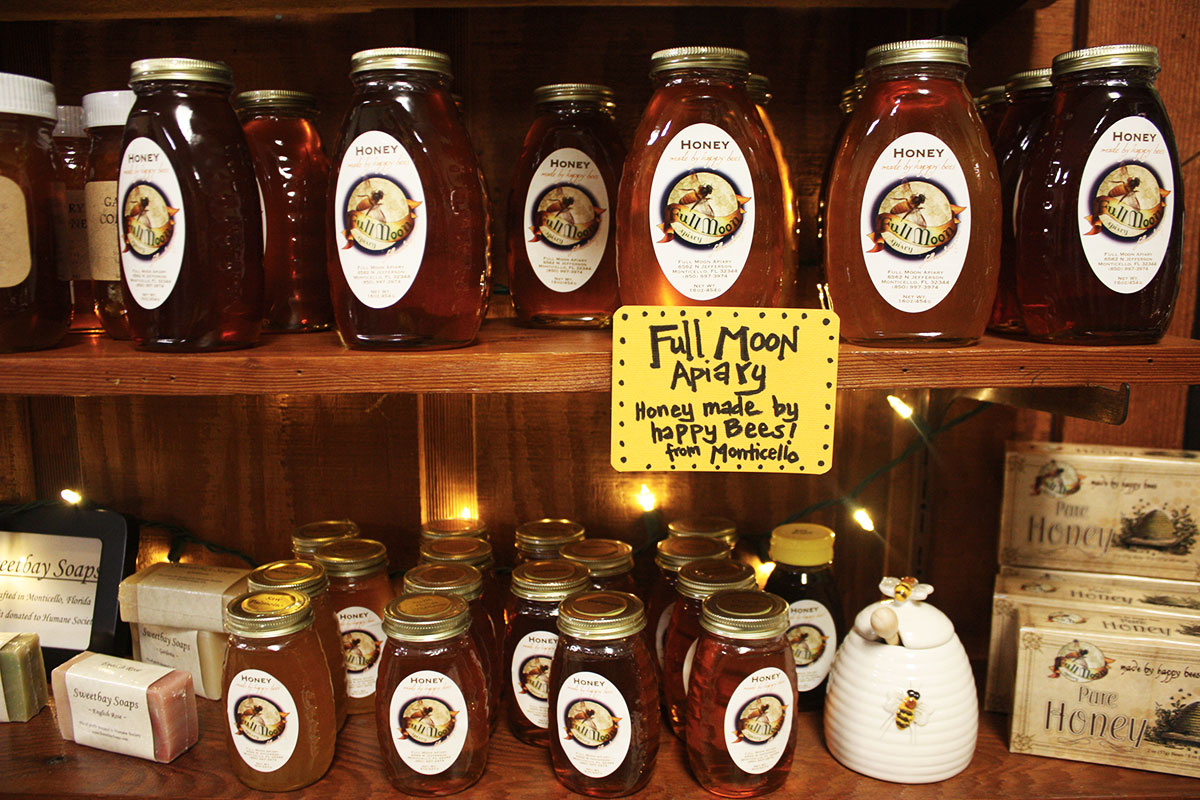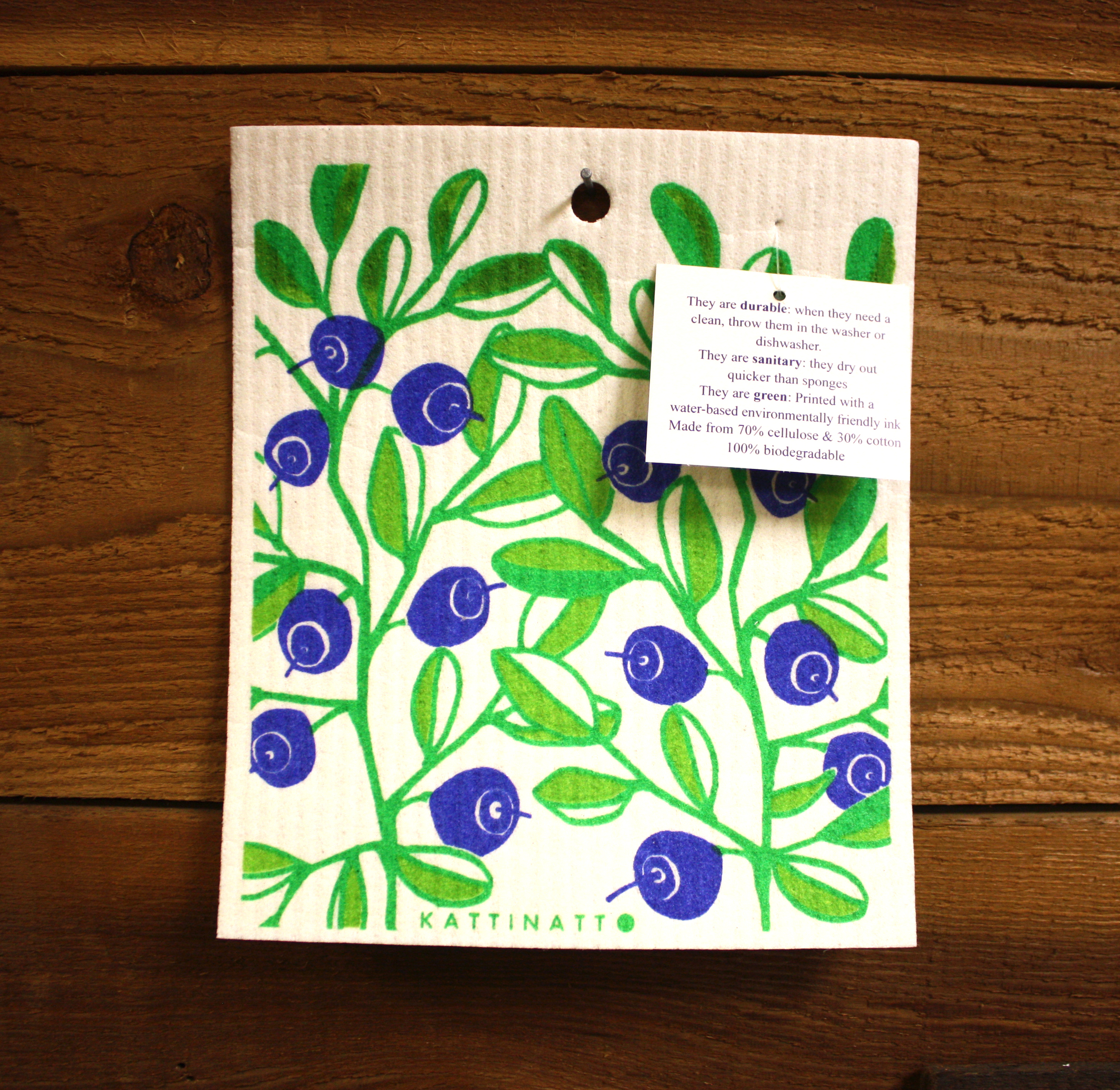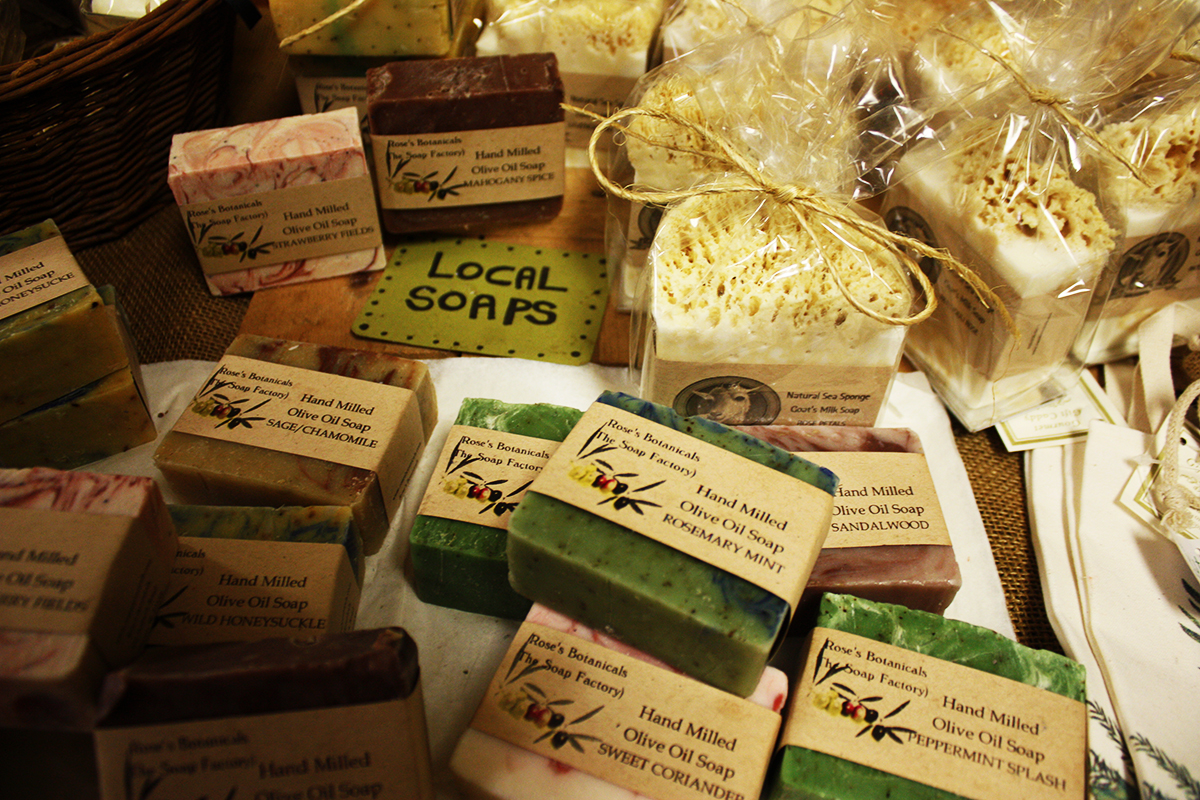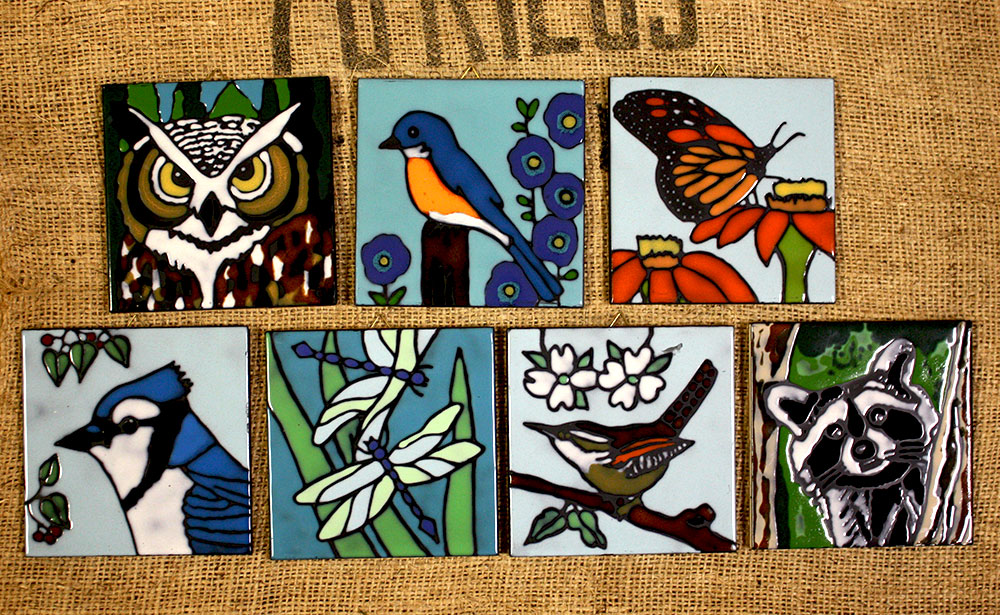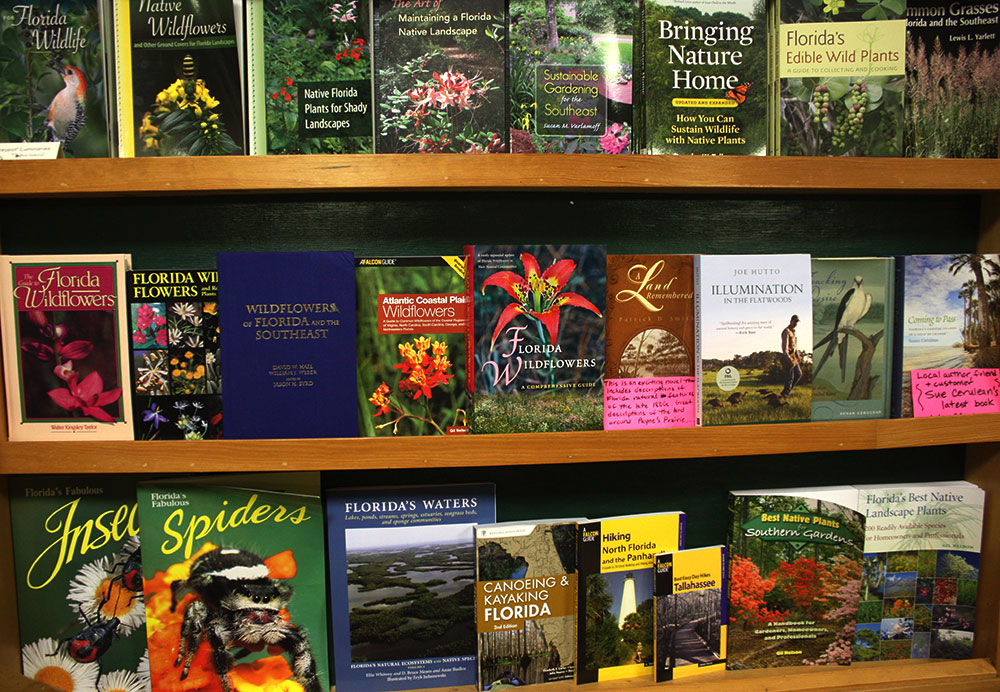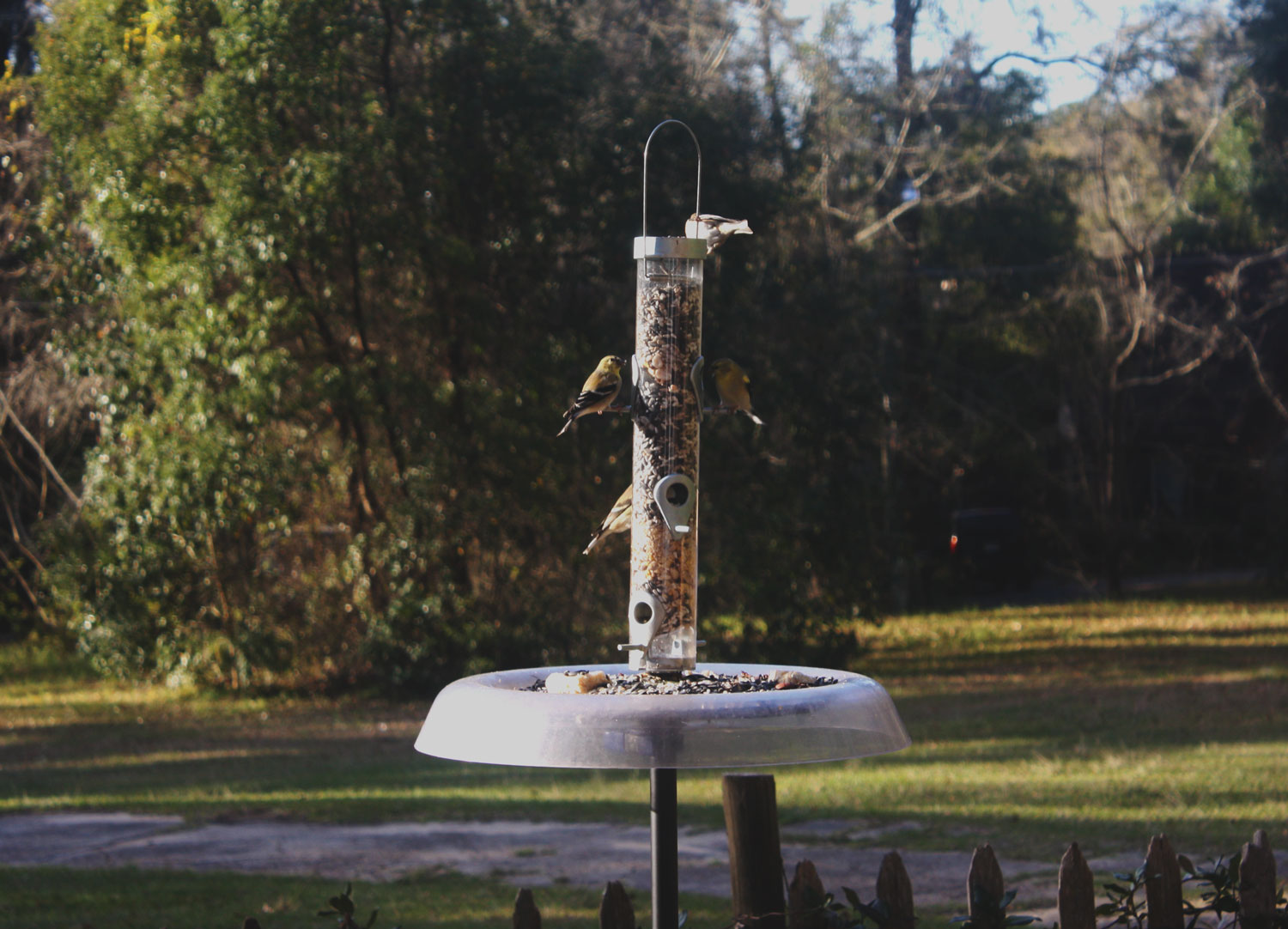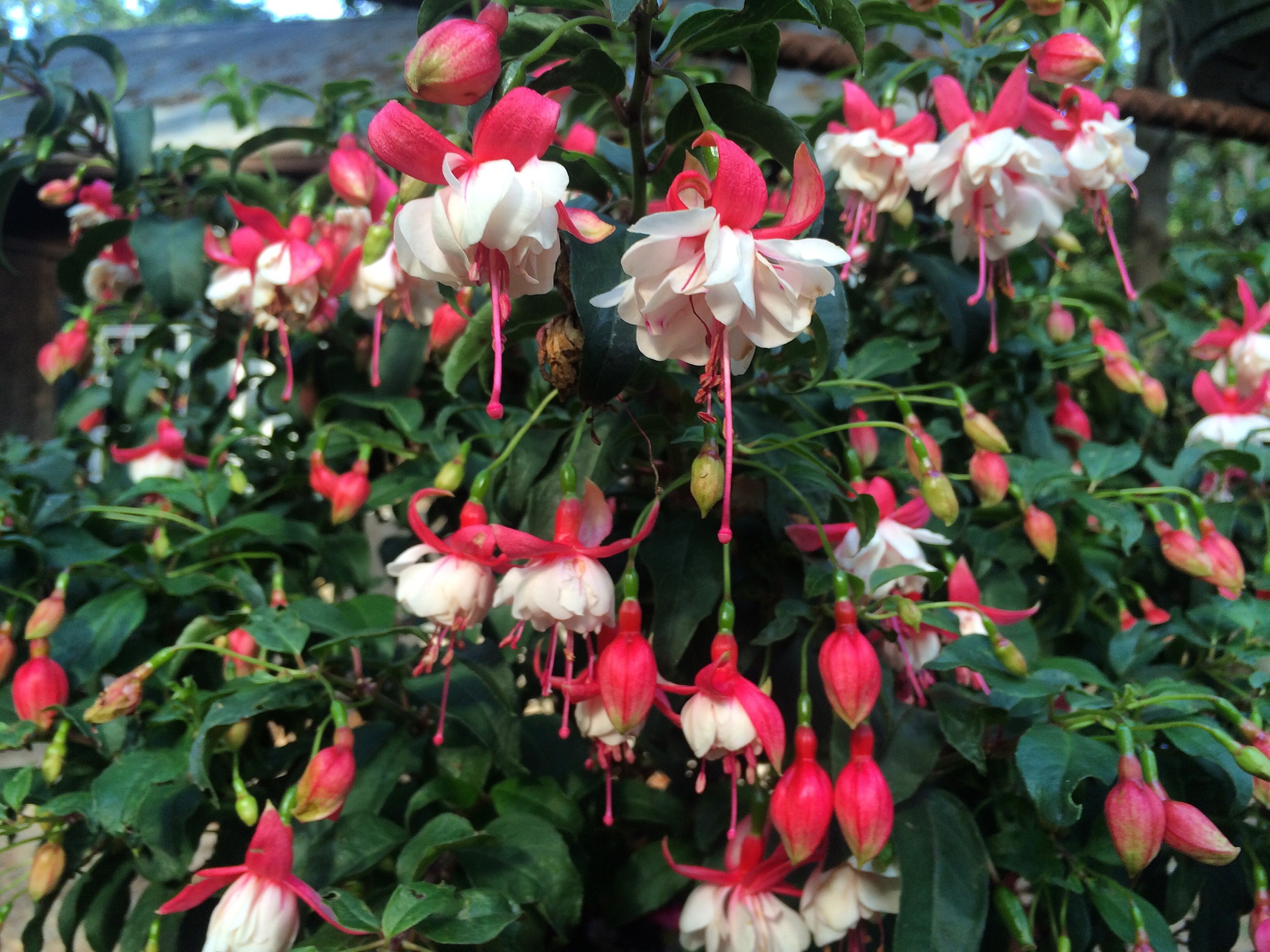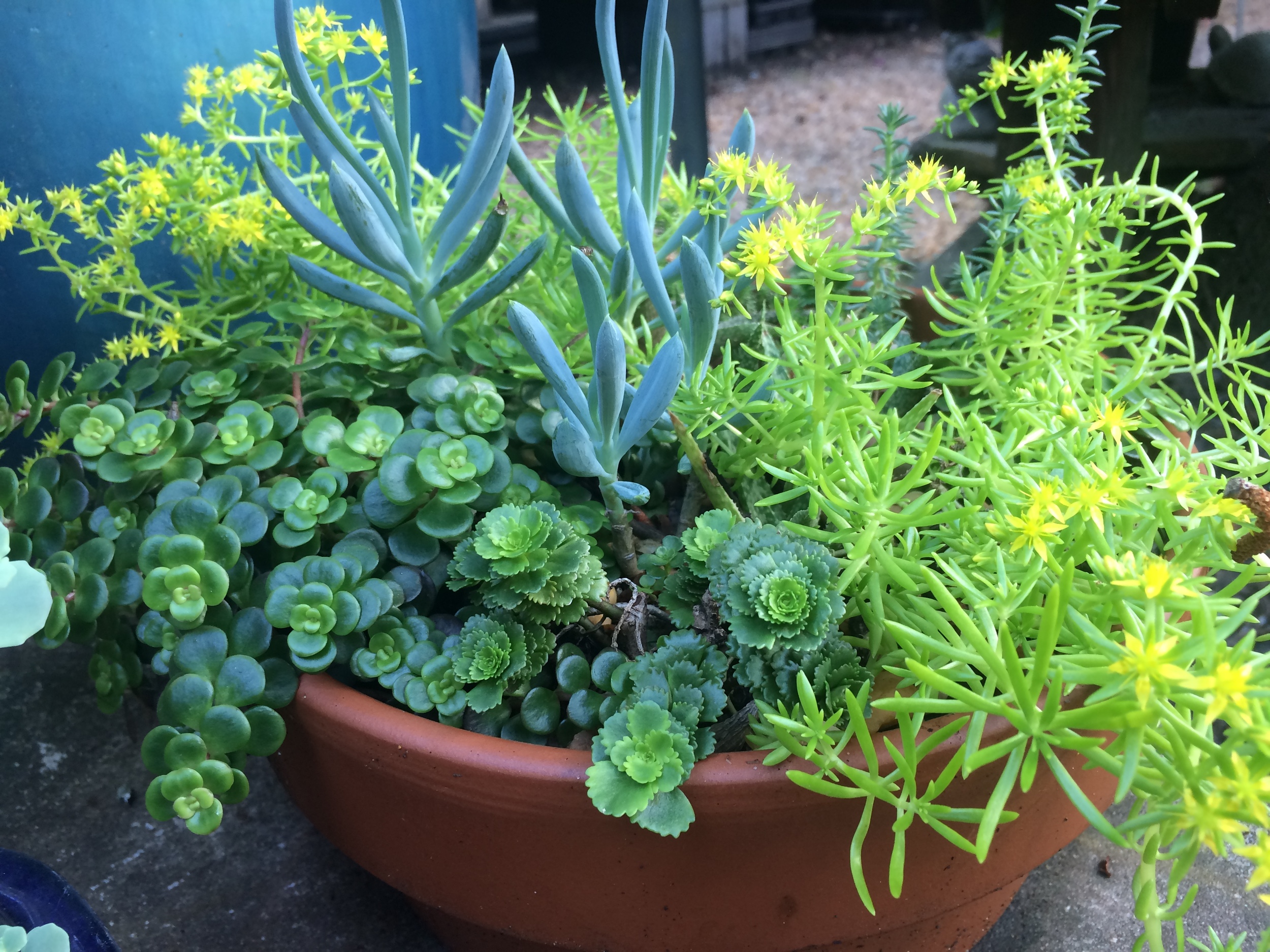Every snake plays a necessary role in the functioning of our varied and delicate Florida ecosystems. Although much maligned and feared, most snakes you come across are non-venomous and none of them are threatening or aggressive unless they feel threatened by you.
Yesterday, Brian picked up one of our resident Banded Water snakes to give customers an up close look at this NON-VENOMOUS, beneficial snake. We like having these fellows around, they are never aggressive and always flee if you get too close. They also play a vital role in our ecosystem and they definitely help keep the rodents in check!
Sadly, they are often killed by folks who mistake them for the VENOMOUS Water Moccasin (also known as Cottonmouth). The non-venomous Banded Water snake has very similar coloration, as it is in fact mimicking the Moccasin's appearance to scare off potential predators.
You can differentiate between the two snakes by looking at the shape of their head and eye structure. The venomous Water Moccasin / Cottonmouth has a sharply angular, triangle shaped head and eyes with slit pupils - like a cat's eye. I have included two photos of the venomous Water Moccasin/Cottonmouth for comparison. And to reiterate, though the Water Moccasins are venomous they, and other venomous snakes play an important role in our Florida ecology and are not aggressive unless they feel threatened. Leave them in peace and give them space and they will do the same.
ABOVE: Non-Venomous Banded Water Snake - notice the eyes and rounded head along with the black bands around the mouth.
BELOW: The venomous Water Moccasin/Cottonmouth has a sharply angular, triangle shaped head and eyes with slit pupils - like a cat's eye.






